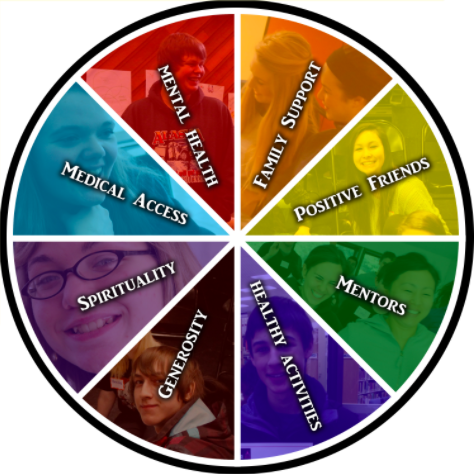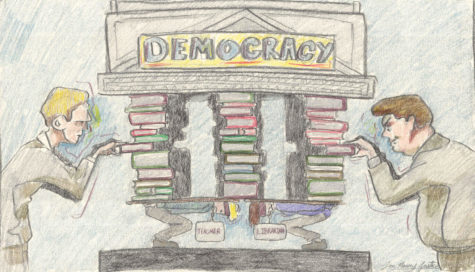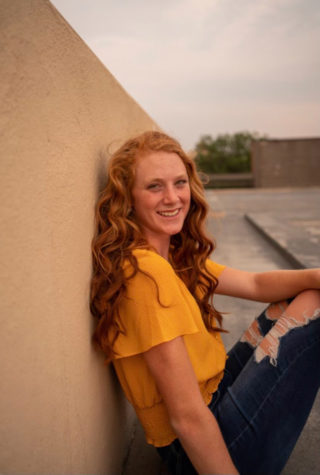Winter months bring seasonal depression despite holidays

Depression is a common disease throughout society and has risen to be more prominent in the recent years. Many people around the world experience changes in behavior during the holiday and winter season. This is called Seasonal Affective Disorder, and it affects more than three million people a year in the US.
This disorder also hits closer to home, affecting the students of Sheridan High School. After the first few months of school, the weather starts to change, as well as the mood in classes. “It’s basically mood changes, I think, mood changes that people experience when the weather changes, specifically going into winter when there is less sunlight,” said school counselor Anne Travis.
“Many people have SAD happens more in the fall and winter, there is not always a direct explanation, but some link it to the changes in the amount sunlight and activity,” said school psychologist, Dr. Tom Schnatterbeck. “Others have linked it more to events that occur more towards the end of the year, like the Holidays.” Everyone is different when it comes to the way they handle these changes in behavior, however, the warning signs of seasonal depression are all very similar. “Overall any change that may be different from your everyday change in doing things,” said Schnatterbeck. If one finds themselves having troubles sleeping, eating, staying motivated, and socializing, there may be something wrong.
“I would say anytime there are weather changes, even going into the spring there are mood changes,” said Travis. “This kind of days though, we are gearing up for the holiday seasons, sometimes I think that brings out more sadness in people than joy.”
Adding the stresses of school into the mix of everyday life puts a lot of pressure on students and really shows when the colder seasons roll around. School Faculty reports that a huge indication of SAD is the performance at school. Not only is there a sluggish feeling, but there is also a problem with attendance. Students grades seem to suffer also during the chilly months.
Though one may be experiencing depression, there are many places that they can go to in the school system and many things they can do to improve their emotions. Sticking to a normal routine is the best thing one can do for themselves. Going out to get more sunlight, staying on a balanced diet, and just forcing yourself to go out and be active are healthy ways to improve one’s situation .“For me the big thing is isolation versus spending time with your friends or people you care about,” said Schnatterbeck. Yet students are not alone in the daily struggle that SAD brings. There are many trusted adults in the school that are more than willing to help one on their journey, much like Travis and Schnatterbeck. Knowing that adults may be harder to reach out to, SHS also has a group of students with open arms: Sources of Strength (SOS).
“SOS is a peer lead group of students that are certainly not trained to be counselors but are trained in helping identify students, or hopefully being a welcoming presence for students to come talk to, and connecting them to a trusted adult when necessary,” said Travis. Leaders of SOS include seniors, Pippin Robison, Olivia Thoney, Molly Green, and juniors, Matthew Legler and Cameron Brown. The group also has over 25 students in different grades. Students looking to join Sources of Strength can attend their meetings which are held in room C190 on the first Tuesday of every month at 7:45 am.
Though seasonal depression is an occurring problem in school systems worldwide, there are several sources in the school districts open to help affected students. Specifically, in Sheridan High School, there is Sources of Strength as well as trusted adults for help.
xsfa ew3 es














